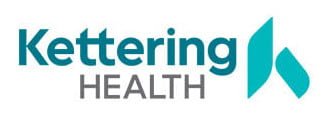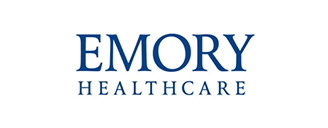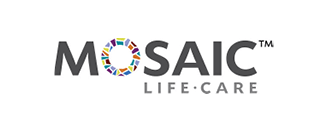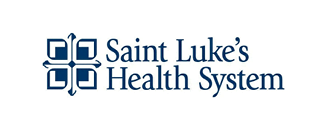Healthcare mergers and acquisitions are more common than ever before. These initiatives can help financially struggling hospitals by creating economies of scale and improving market access. However, mixed evidence on the overall benefits of healthcare expansion highlights the need for a strategic approach to ensure success.
Introduction
A recent Kaufman Hall analysis reported a noteworthy 65 M&A transactions for health systems in 2023, up from 53 in 2022. This activity is expected to continue into 2024 as hospitals face financial, competitive, and other pressures.
In the following article, we discuss the key drivers of health system M&As. Next, we dive into the effects of expansions on costs, patient outcomes, and the healthcare supply chain. Lastly, we advocate for strategic, tech-enabled intervention to promote successful expansion.
Drivers of healthcare M&As
Health system expansions are driven by several factors, including financial pressures, economies of scale, and market access.
First, expansion can help financially pressured health systems by reducing costs and unlocking access to more capital and resources. According to the Kaufman Hall analysis, 28% of M&As in 2023 were initiated to help reduce financial distress.
In these scenarios, expansion can be crucial to help smaller health systems recover from poor financial performance. With this additional support, they can also invest in infrastructure, technology, and/or research and development initiatives.
Next, healthcare M&As can help hospitals create efficiencies and further reduce costs by consolidating resources, facilities, and operations. Larger health systems can also negotiate better rates with suppliers, reduce administrative overhead, and streamline procurement processes.
Lastly, healthcare expansions often aim to improve market access and patient care in rural or underserved areas. This is because M&As allow health systems to add more services that they otherwise could not offer.
For example, a study of over 400 hospitals found that rural mergers were associated with improved patient mortality outcomes for certain conditions. It’s likely that expansion bolstered these hospitals’ technological capabilities and clinical expertise, leading to better patient outcomes.
Effects of healthcare M&As
As discussed, hospital M&As can drive cost reductions and improved patient outcomes. However, evidence is mixed on the overall impact of expansions on certain stakeholders.
For example, while there is evidence to suggest that hospital M&As can reduce annual operating costs, other evidence indicates that the price of services increases between 20 percent and 45 percent following M&As.
Consequently, patients and payors take on the brunt of these costs, which can negatively affect care quality and access. This pattern carries further implications for long-term efforts to maintain the cost of healthcare.
While health system M&As are often initiated to solve existing problems, they can create new challenges as well. For example, new healthcare partners need to integrate everything from clinical practices to EHR systems to supply chain processes.
Effects of healthcare M&As on the supply chain
While expansion brings certain challenges, M&As stand to benefit the healthcare supply chain as well. For example, expansion can help create efficiencies by consolidating and standardizing resources and shipping processes. M&As can also increase health system’s bargaining power, allowing them to negotiate more favorable contracts and discounts with suppliers.
However, health systems must strategize to unify inbound and outbound shipping and inventory management to realize these benefits. With more resources, health systems can invest in technology to supplement their integration strategy. This includes solutions to consolidate data and automate supply chain processes to improve efficiency.
Overall, creating a supply chain strategy during expansion isn’t exactly straightforward. Hospitals must carefully consider the existing evidence in addition to their own unique needs and bottom lines. Working with a reputable technology vendor that offers data analytics to unlock strategic insights is a great place to start.
Conclusion
Healthcare M&As are a complex landscape that requires strategic initiative to be done successfully. Expansion is promising given its potential to create efficiencies, improve patient outcomes, and maintain health systems’ bottoms lines.
However, it’s important to consider the evidence pointing towards the pitfalls of expansion. Utilizing this data, healthcare leaders can develop an integration strategy that mitigates these risks across all levels of the health system. In doing so, healthcare leaders can expand conscientiously to promote the best quality of care and patient outcomes.
About VPL
We modernize clinical supply chains to support healthier patients. Our technology-driven solutions and consultative customer experience empower health systems and outpatient pharmacies to build smarter, more resilient supply chains. With over 700 hospitals and a 97% customer retention rate, we’re trusted to deliver transparency, cost savings, and peace of mind.






























